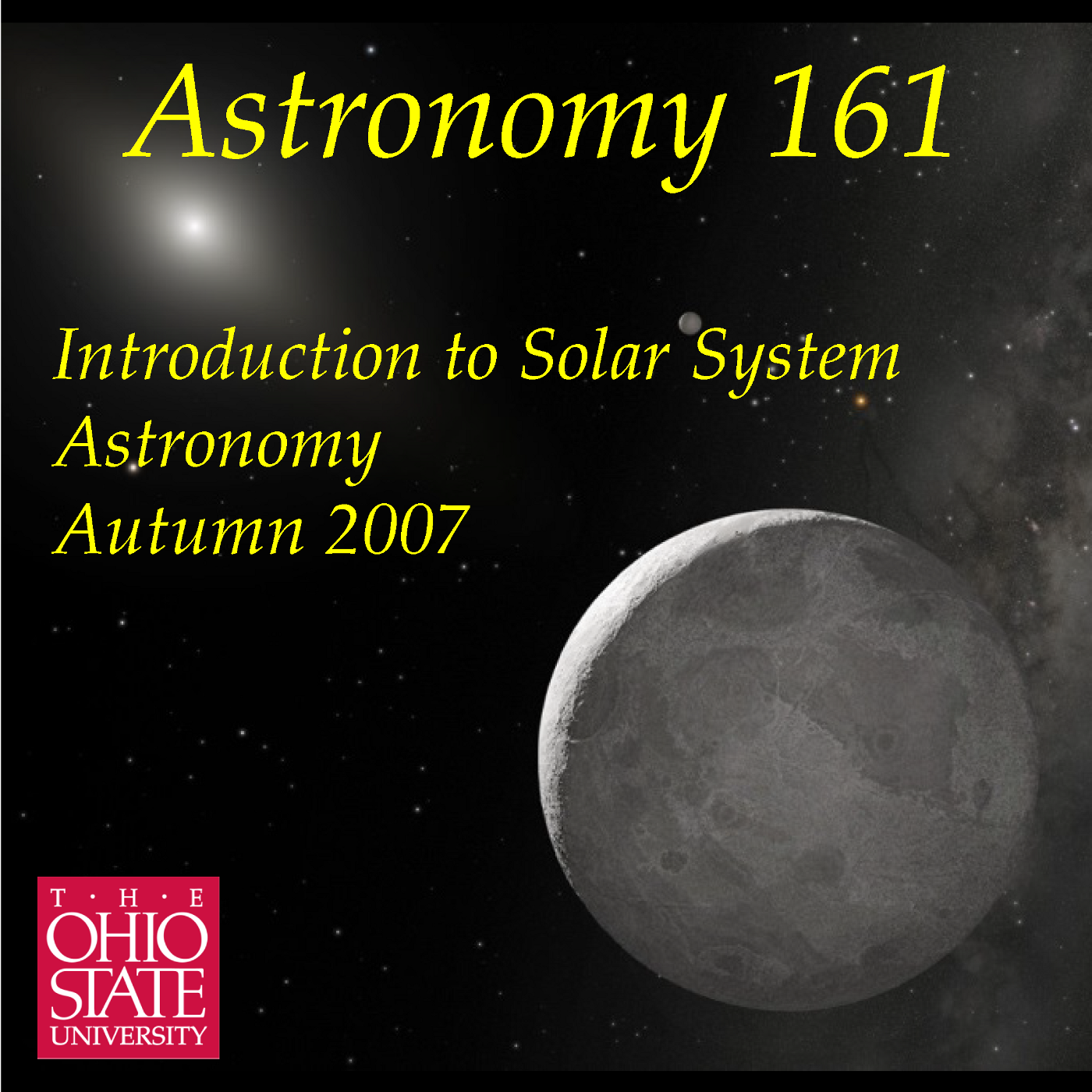Lecture 21: Dance of the Planets

How do objects orbit if more than 2 massive bodies are involved?\nNewton's versions of Keplers 3 Laws of Planetary Motion are only\nstrictly valid for 2 massive bodies. The Solar System, however, clearly\nhas more than 2 massive objects within it. How do we handle this\nmany-body problem? This lecture discusses some of the multi-body\ngravitational effects seen in our Solar System (and by extension\nelsewhere). We will describe Lagrange Points for the restricted 3-body\nproblem and consequences like the Trojan Asteroids of Jupiter,\nlong-range gravitational perturbations and their aid in discovering the\nplanet Neptune, close encounters that can dramatically alter the orbits\nof comets and give us ways to slingshot spacecraft into the outer and\ninner Solar System without huge expenditures of fuel, and orbital\nresonances that can amplify small long-range perturbations and either\nstabilize or destabilize orbits. All of these effects play a role in\nthe Dynamical Evolution of our Solar System that we will see throughout\nlater parts of the course. Recorded 2007 Oct 18 in 1000 McPherson Lab on the\nColumbus campus of The Ohio State University.